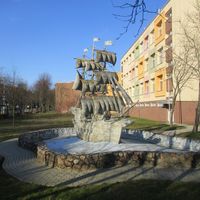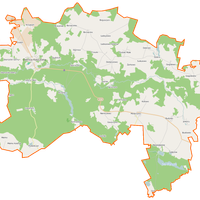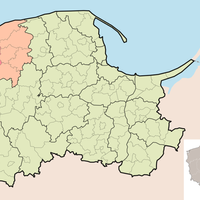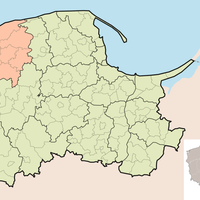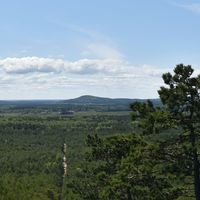Słupsk County
7.61

Overview
Słupsk County, located in northern Poland within the Pomeranian Voivodeship, was established in 1999. Its administrative seat is the city of Słupsk, and the county also includes the towns of Ustka and Kępice. The area is characterized by a rich history dating back to the Mesolithic era, when it was inhabited by hunter-gatherer communities. In subsequent epochs, the county was home to various cultures, including the Unetice and Lusatian cultures, which left behind numerous archaeological finds, such as the fortified settlements in Damno and Siodłonie. Słupsk County is also a place shaped by beautiful landscapes, where modern architectural elements, such as the Pomeranian Dukes' Castle in Słupsk and the Museum of Central Pomerania, coexist with nature. The region is known for its numerous museums, including the Bread Museum in Ustka and ethnographic exhibitions. The county's nature is highly diverse, ranging from dunes along the Baltic coast to rich forests and lakes, such as Gardno and Łebsko, which are ecologically valuable and specially protected areas. Within the county, there are national parks, including Słowiński National Park with its unique moving dunes and numerous nature reserves that protect the region's biodiversity. Słupsk County is also a tourist attraction; lighthouses, beaches in Ustka and Rowy, and numerous hiking trails draw visitors. Among the local cultural traditions, Kashubian customs, preserved by the Kashubian-Pomeranian Association, stand out. Pomeranian half-timbered architecture can also be found here, especially in villages like Kluki. Słupsk County, bordering the West Pomeranian Voivodeship and cities with county rights, such as Słupsk, is a region full of historical, natural, and cultural attractions, offering a rich heritage and interesting places to visit.
Location
Country
You can also find here:
2025 Wizytor | All Rights Reserved


